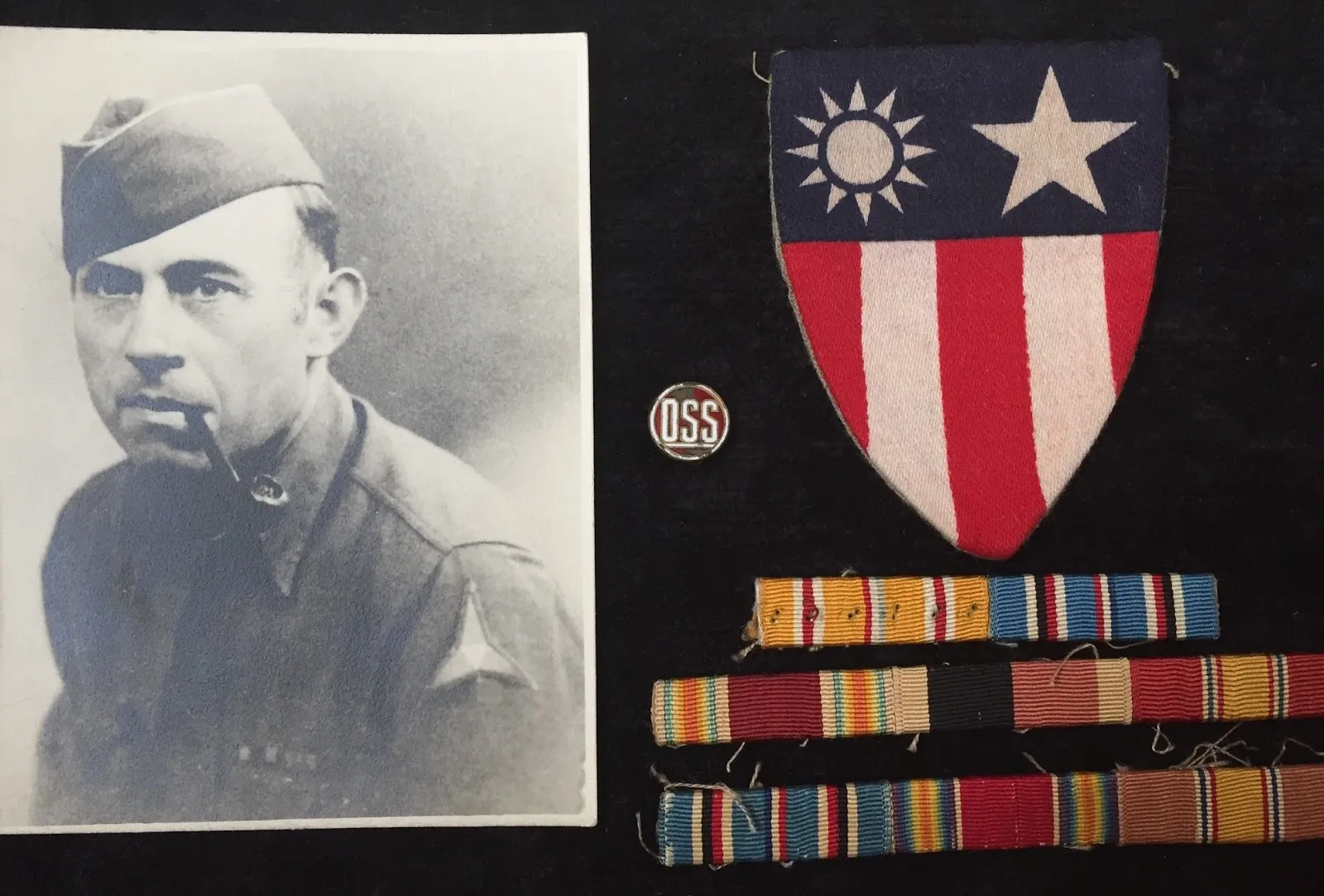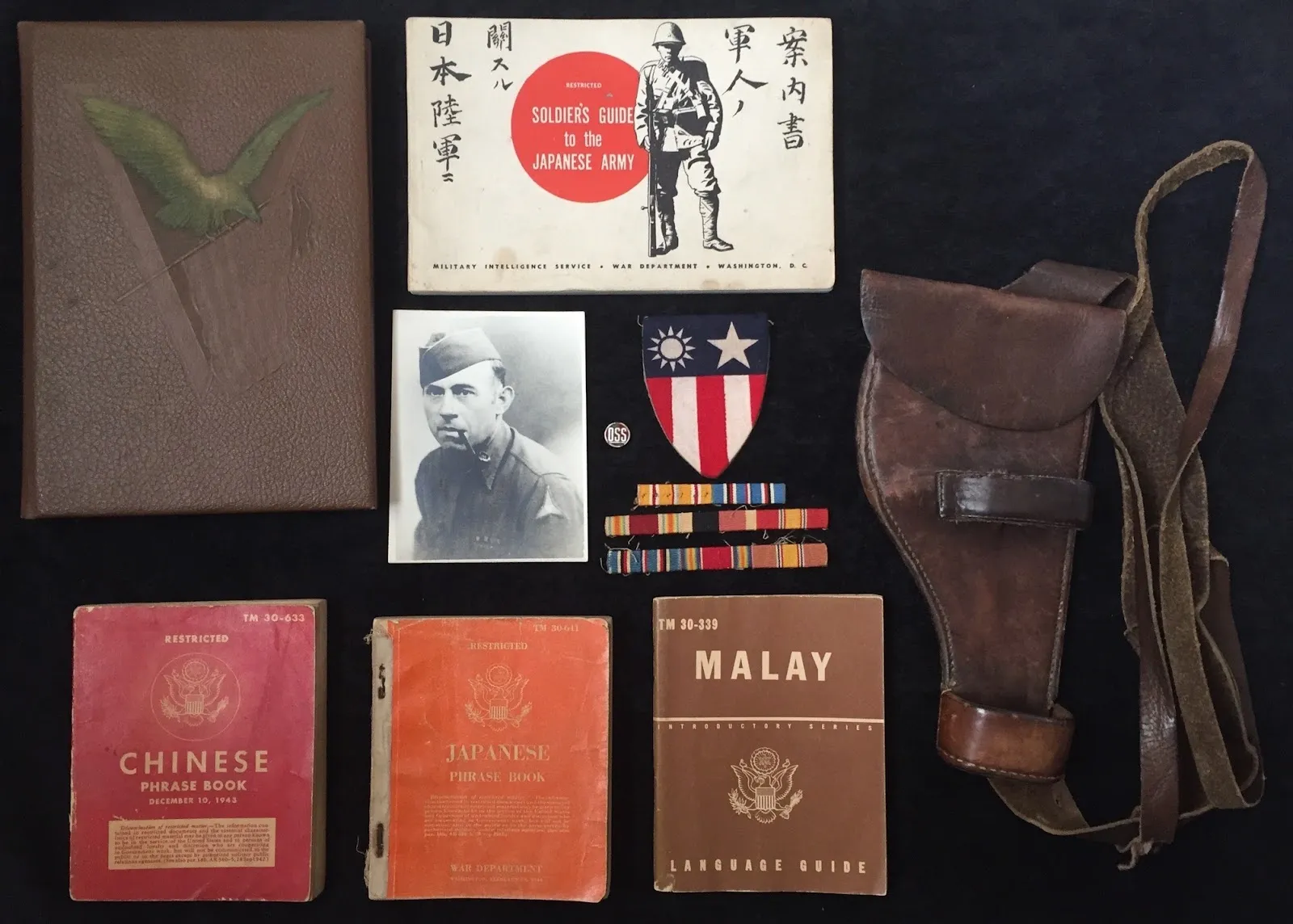How a US Paymaster Ran OSS Spies Behind Enemy Lines in WWII Southeast Asia
Detachment 101 of the US Office of Strategic Services (OSS) was working behind enemy lines in WWII five years before the CIA was even in operation, collecting intelligence and rescuing downed American airmen in Southeast Asia's Burma - known today as Myanmar.

Detachment 101: the early Special Forces
The detachment was an early version of the Army Special Forces group, stirring up trouble with the help of Major George Gorin, the group’s finance officer who funded resistance groups made up of the local Kachins in the north of the country. At its height, the detachment had more than 9,200 guerrillas under arms.
While Myanmar is often overlooked as a backwater, it was a key battleground fought primarily by US, British Commonwealth, and Chinese forces against Imperial Japan with assistance from Thailand, the Burmese National Army, and the Indian National Army.

Guerilla forces
Activated on April 22, 1942, Detachment 101 found targets for the 10th Air Force and recruited native troops to serve as guerrillas, quickly earning a reputation as the OSS's most effective tactical combat force. With its distinguished contributions in the Far East, Detachment 101 was awarded the Presidential Unit Citation.
In 1943, Detachment 101 launched a series of long-range penetration operations by airdrop - a first for the OSS. Early long-range penetrations were largely unsuccessful, however. Failed ops in 1943 resulted in the loss of more than a dozen agents. It was their highly successful overland penetrations behind Japanese lines that enabled them to expand their operations.

Allied success
The Detachment backed the first major Allied success in the north, the capture of Myitkyina. They cut enemy lines of communication, ambushed Japanese troops, and provided scouts and guides for Merrill’s Marauders - a special ops jungle group - and the British Chindits. After the fall of the capital, Detachment 101 - the only US ground forces in the country - used their guerrillas to block the flight of Japanese forces to Thailand.
“Detachment 101 asked OSS HQ that the OSS Special Funds Branch designate an officer to handle money for clandestine operations and to pay for locally-recruited agents,” according to Troy James Sacquety, author of The Organizational Evolution of Detachment 101 in Burma 1942-1945.

"The brand new social experience where you activate your gaming skills as you train like a spy."
- TimeOut
Take on thrilling, high-energy espionage challenges across different game zones.

The cost of resistance
“Gorin immediately discovered the group’s unique financial challenges. For instance, in 1942-early 1943, silver rupees were an acceptable form of payment among pro-Allied locals in the north. But, by the end of the year, so much silver had ‘poured’ into the area that the people now had more money than they ever had in their lives. Some of them had made more money in one year than they would in their entire life.”
“At the same time that the area’s wealth was increasing, goods were rapidly becoming unavailable,” Sacquety added. “By late 1943, the indigenous population no longer wanted silver as they had nothing to buy with their new-found wealth. Instead, they wanted opium, or even better, cloth or salt.”

War and rememberance
Gorin also tracked exactly how much the Detachment was spending. In September, the total was about $54,000 rising to $75,000 by December. By the end of 1944, the Allies were using new tactics, combining tanks and infantry as they advanced southward destroying Japanese resistance.
In August 1945, atomic bombs were dropped on Hiroshima and Nagasaki, Japan. Soon after, Japan surrendered and the Burma campaign ended.
Insurgencies have been ongoing since 1948, however, and have largely been ethnic-based.
SPYSCAPE+

Join now to get True Spies episodes early and ad-free every week, plus subscriber-only Debriefs and Q&As to bring you closer to your favorite spies and stories from the show. You’ll also get our exclusive series The Razumov Files and The Great James Bond Car Robbery!


Gadgets & Gifts
Explore a world of secrets together. Navigate through interactive exhibits and missions to discover your spy roles.
Your Spy Skills
We all have valuable spy skills - your mission is to discover yours. See if you have what it takes to be a secret agent, with our authentic spy skills evaluation* developed by a former Head of Training at British Intelligence. It's FREE so share & compare with friends now!
* Find more information about the scientific methods behind the evaluation here.


Stay Connected
Follow us for the latest
TIKTOK
INSTAGRAM
X
FACEBOOK
YOUTUBE